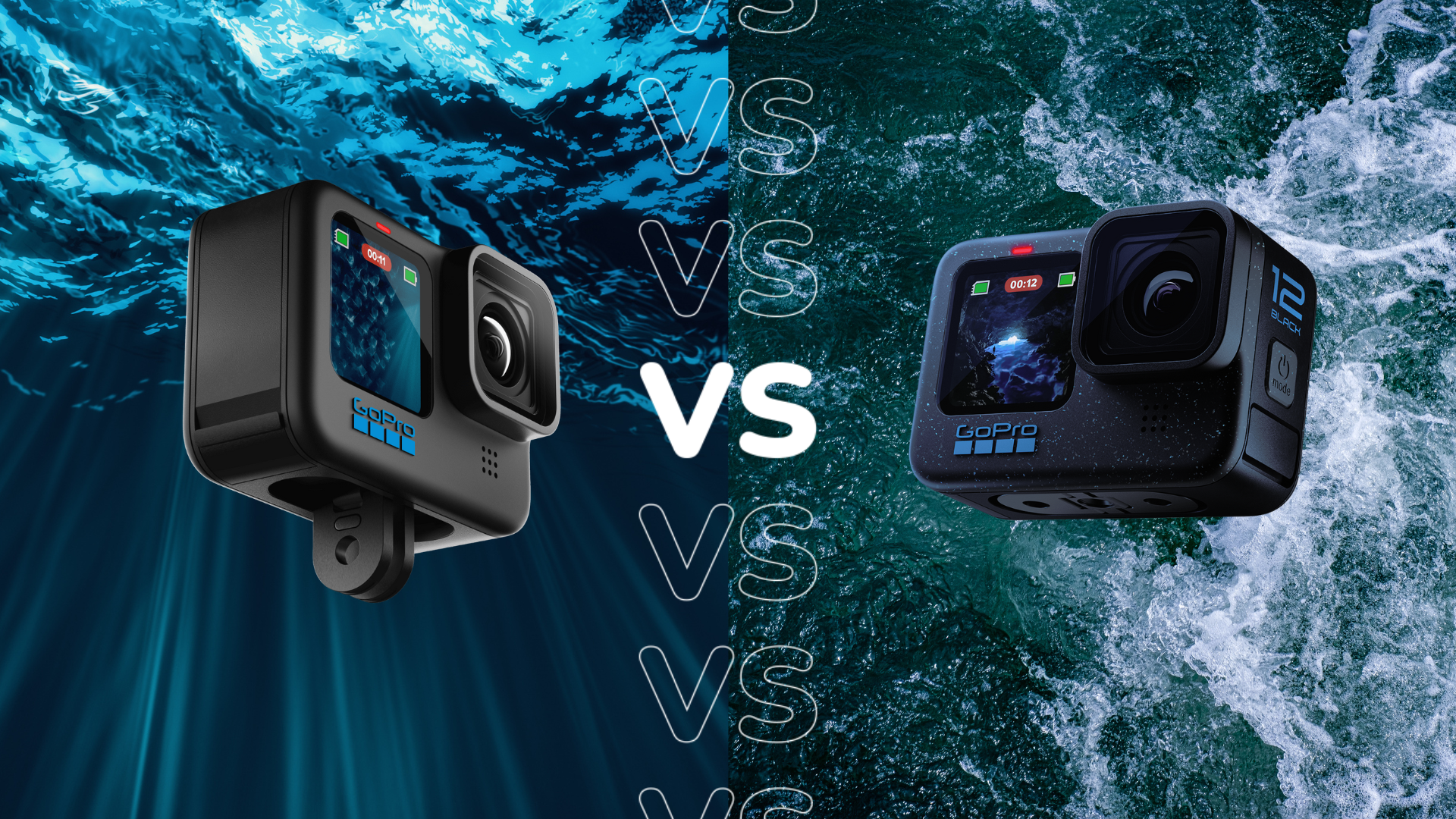Google Pixel 8 Pro vs Samsung Galaxy S23 Ultra: Which is best?

Google and Samsung both launched brand-new flagship handsets this year that boast significant upgrades on their predecessors – but which handset is best for you?
The Google Pixel 8 Pro continues Google’s AI focus with new photo, video and editing features – including one that completely replaces your face with a happier version of you – and welcomes generative AI with open arms with features like AI wallpaper creation.
The Samsung Galaxy S23 Ultra, on the other hand, is Samsung’s one-stop-shop for productivity and camera performance, boasting four rear cameras with varying levels of zoom as well as S Pen support that allows you to note-take and doodle to your heart’s content.
We’ve spent a lot of time with both of these handsets, allowing us to dive deep into all their differences to figure out which Android smartphone is best for your needs. Keep reading to find out everything you need to know.
Price
Out of these two handsets, the Pixel 8 Pro is the more affordable option. Google did increase the price from last year, with the base model sitting at £999/$999.
The Galaxy S23 Ultra is more expensive in comparison, with the base model coming with a £1249/$1199 price tag.
Design and Screen
The Galaxy S23 Ultra looks very similar to the Galaxy S22 Ultra, with the same boxy design that makes it a little hard to use with one hand. It comes with the Galaxy S Pen stylus – which is embedded into the handset for convenience. This stylus has lower latency than the Apple Pencil at an impressive 2.8ms and feels incredibly responsive to use, making it one of the main reasons to opt for this handset – provided you like the concept of a stylus.
Google designed the Pixel 8 Pro in the same vein as its last two handsets, opting for the same camera bar as both the Pixel 6 and Pixel 7 ranges. The Pixel 8 Pro was also uncomfortable to hold for long periods due to the camera bar, making it feel very top-heavy.
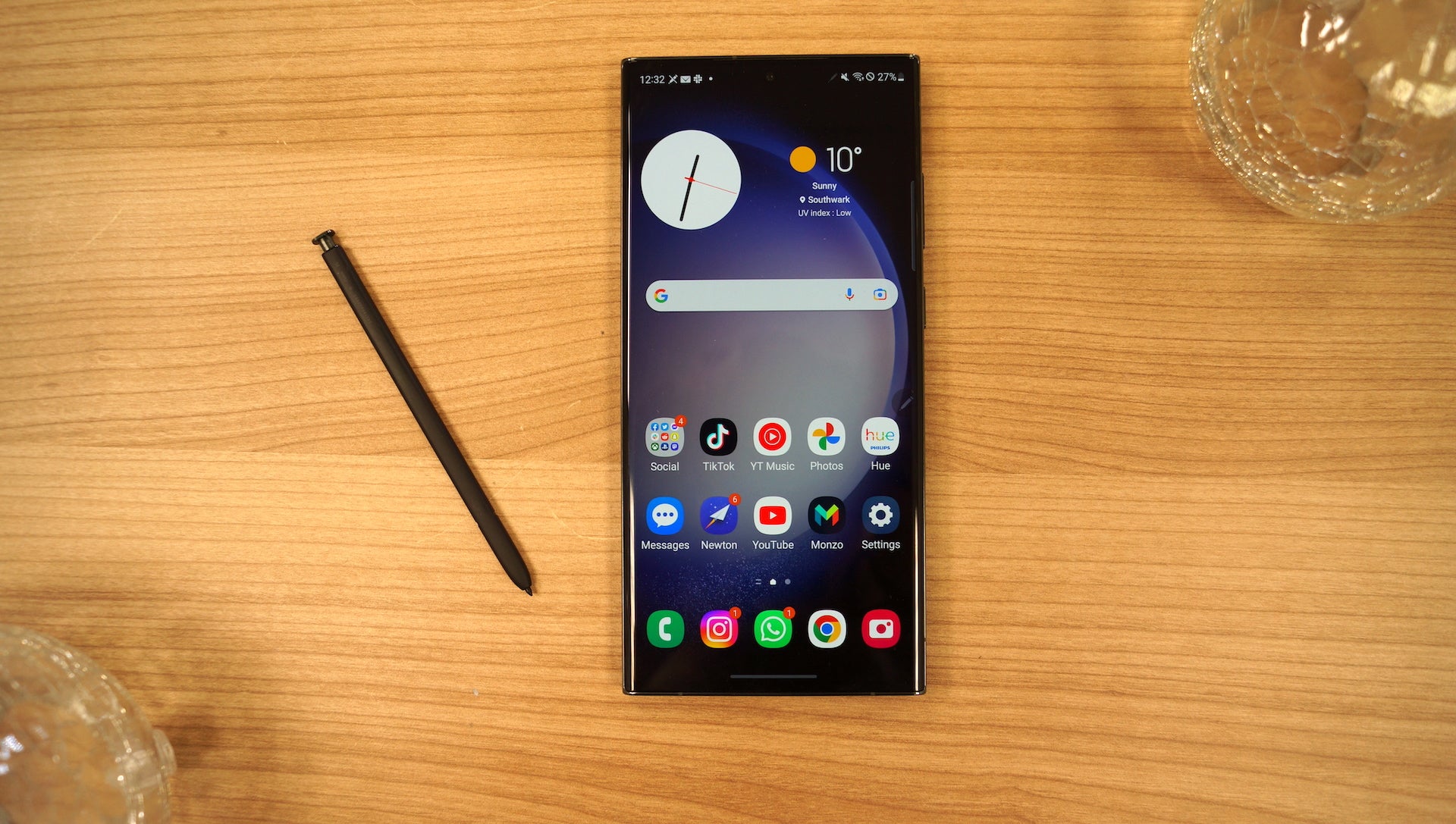
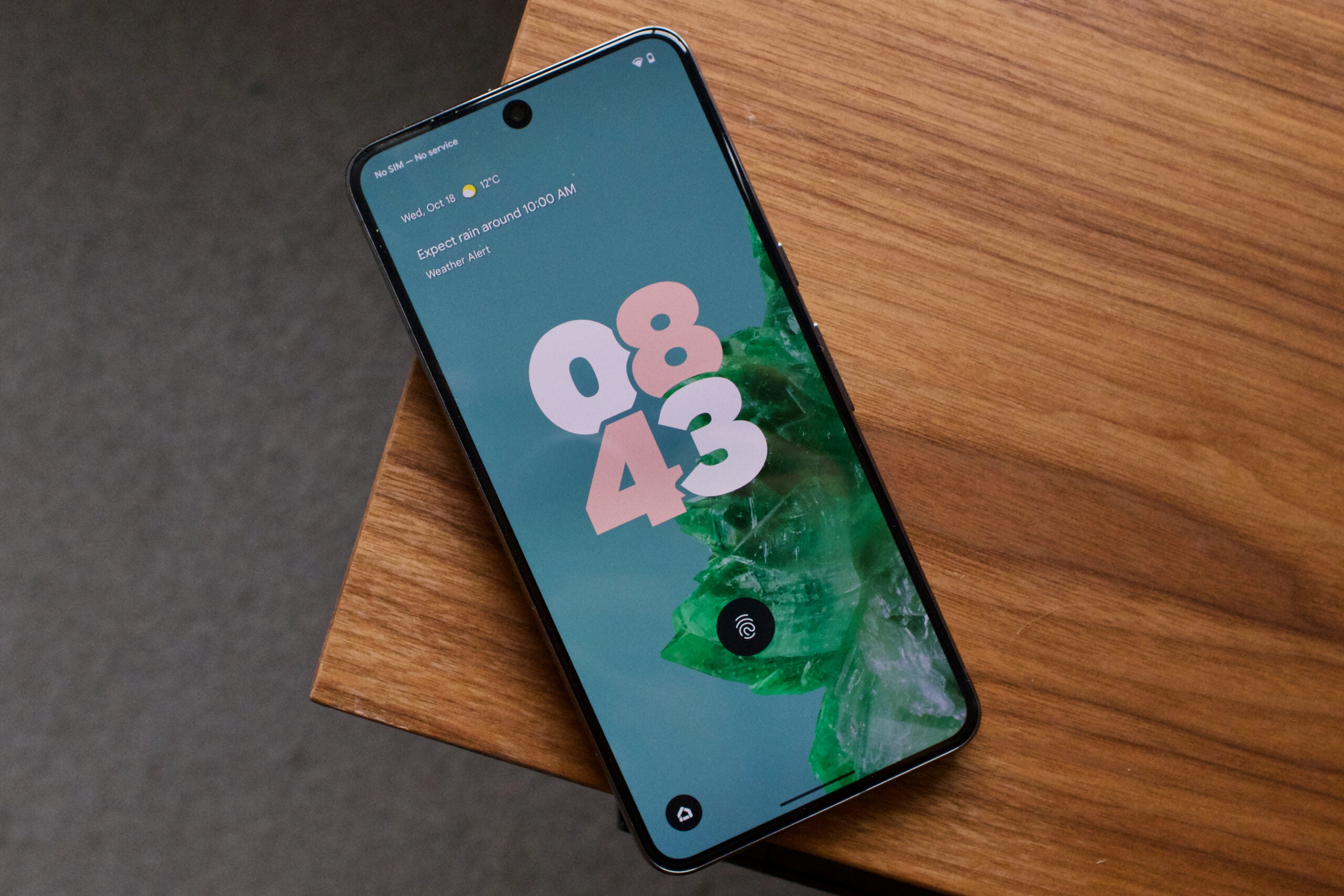
Looking towards the displays, the Galaxy S23 Ultra comes with a 6.8-inch Dynamic AMOLED 2X panel with a Quad HD+ (3088×1440) resolution and adaptive 120Hz refresh rate. The Pixel 8 Pro, on the other hand, comes with a 6.7-inch Super Actua LTPO OLED display with a 1344×2992 resolution and adaptive refresh rate that can jump from 1Hz to 120Hz.
We found that the Galaxy S23 Ultra was supremely crisp during use, with everything from text to games looking as clear as ever. It was easily legible in direct sunlight thanks to the 1750 nits peak brightness and looked great while streaming 4K content from the likes of YouTube or Netflix.
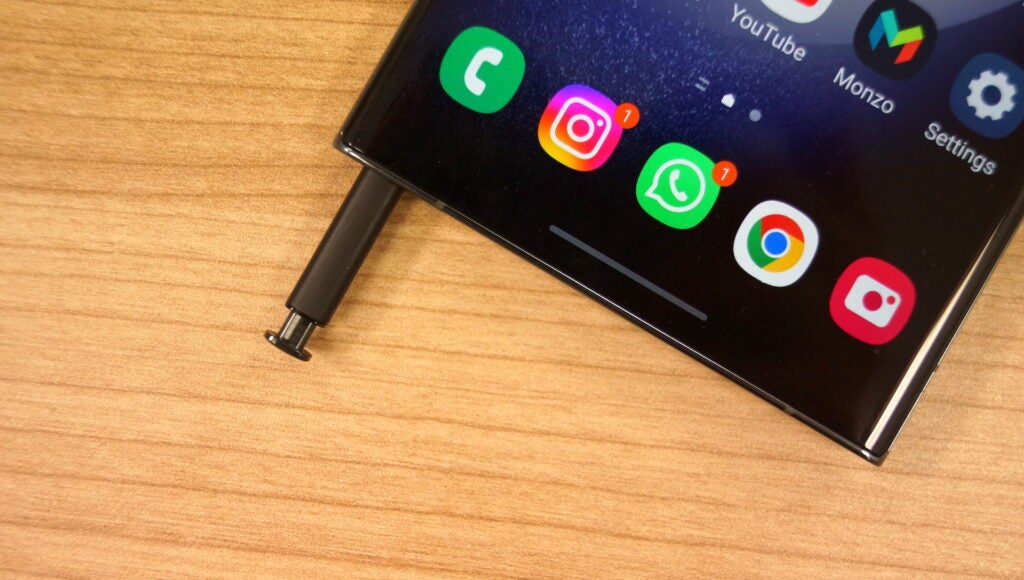
In our review of the Pixel 8 Pro, we noted that it is one of the best Android displays we’ve ever used, with a peak brightness of 2000 nits making it one of the brightest phone displays on the market. HDR performance was fantastic and made video content look highly detailed and immersive.
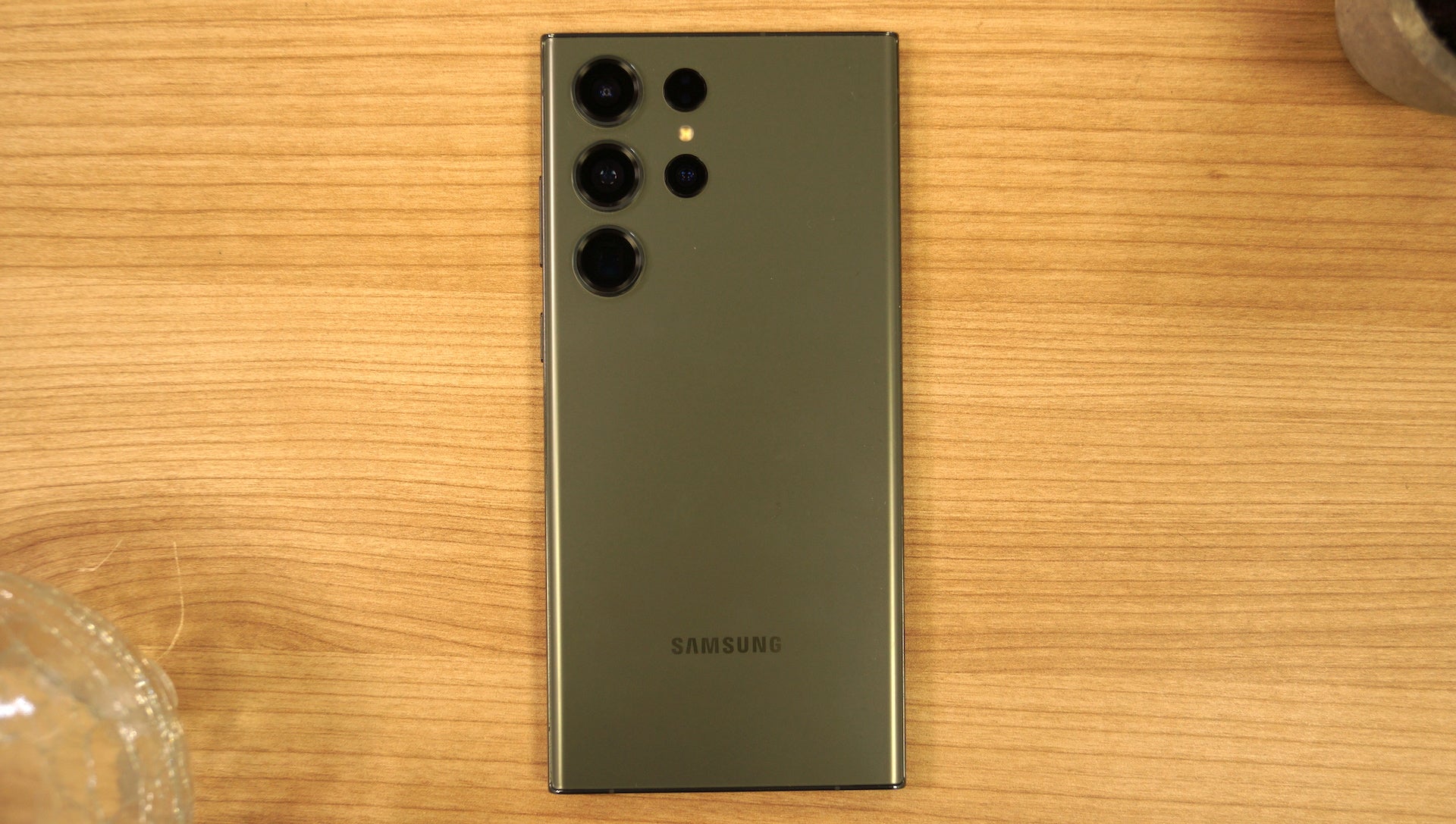
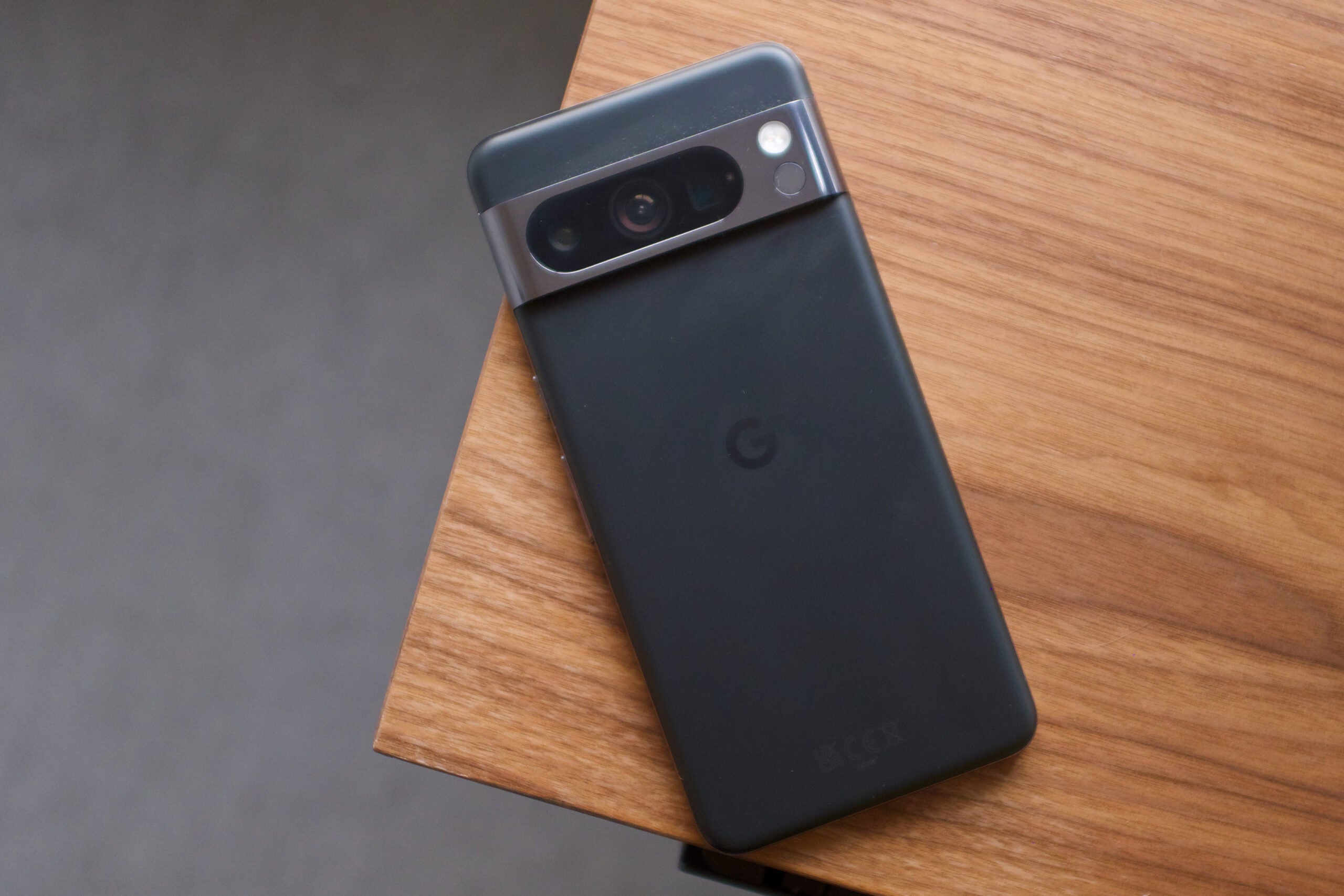
Both Google and Samsung opted to include an adaptive refresh rate on their flagships. This allows the screen to jump up to 120Hz during intensive tasks while still dropping low to conserve battery when needed. We found that both handsets implemented this feature very well, with navigation feeling smooth and fluid in both instances.
Camera
Samsung handsets are known for their impressive cameras, and the Galaxy S23 Ultra is no exception. It comes with a 200-megapixel main sensor, alongside a 12MP ultrawide lens and dual 10MP telephoto lenses with 3x and 10x optical zoom respectively.




We found that the 200MP snapper on the Galaxy S23 truly surpassed expectations, performing well in both well-lit and low-lit conditions, with the latter delivering some of the best results we’ve seen from a smartphone to date. Shots were well-lit with impressive HDR performance that brought notable gains and detail to the darkest and lightest area of the photo taken, with enough colour to look vibrant without looking too contrast-heavy and fake.
The Pixel 8 Pro comes with a 50MP main sensor, 48MP ultrawide lens and 48MP telephoto sensor with 5x optical zoom and support for Super Res Zoom up to 30x. We felt that this setup offered one of the best cameraphone experiences on the market right now; highlights are pushed to create striking images, with colours that are restrained yet still accurate and vibrant.




Images from both the secondary cameras were great, although we did note that the zoom skills may not match the Galaxy S23 Ultra for range, but the 5x zoom gets you close enough to a subject and plenty of detail is retained. The nifty AI features are another very welcome addition, with Magic Eraser allowing us to remove unwanted people or objects from the background of photos and Best Take offering up alternative facial expressions for group pictures.
Performance
Samsung opted to pack the Snapdragon 8 Gen 2 for Galaxy inside the Galaxy S23 Ultra, a special version of Qualcomm’s last-generation chipset. It can be paired with either 8- or 12GB of RAM and either 256GB, 512GB or 1TB of UFS 4.0 storage.
We felt that this handset felt ultra-rapid and responsive in use, in part thanks to the 120Hz refresh rate. Playing the latest AAA mobile games was more than possible even with ray tracing enabled and images were captured without delay. Our reviewer noted that the Galaxy S23 Ultra provided a top-tier experience, making it ideal for anyone who prioritises raw power.
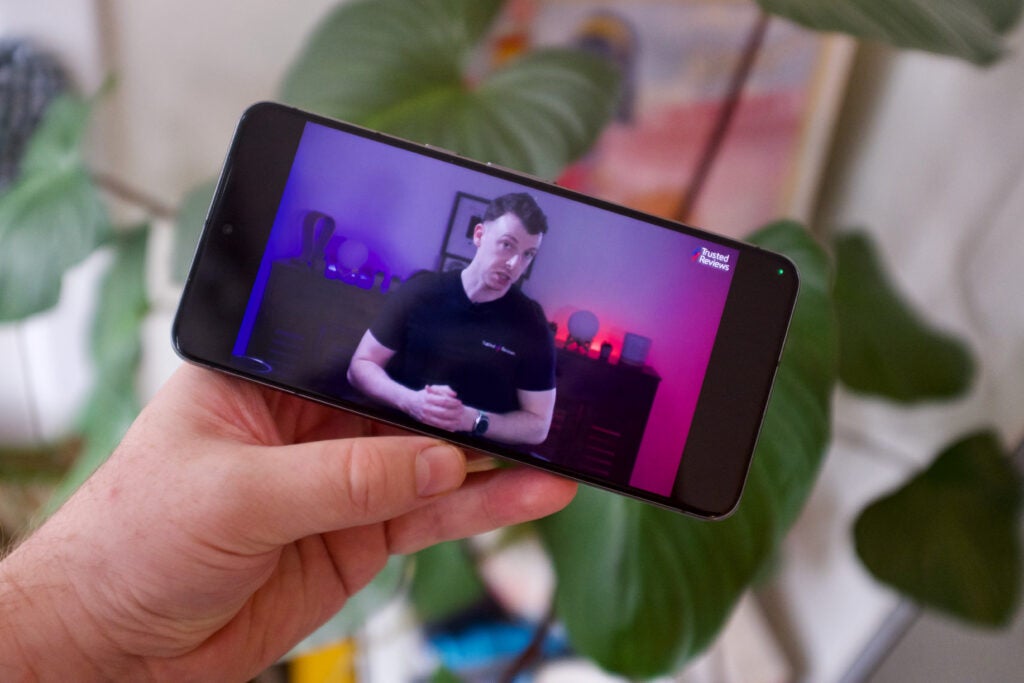
The Pixel 8 Pro comes with Google’s own Tensor G3 chipset, which can also be found in the Pixel 8. It can be paired up with 12GB LPDDR5X RAM and 512GB or 1TB of storage.
In keeping with the previous Tensor chips, the G3 continues Google’s focus on AI skills rather than pushing performance and general speed as key features. After a few hiccups at the start of our review – which included a lot of lagging and slow loading times – the Pixel 8 Pro balanced out to produce a fast performance in everyday use after around two weeks.
The Pixel 8 Pro doesn’t shine when it comes to gaming, however, with multiple frame rate drops in intensive titles like COD Mobile and even some slowdown in top-down titles like Survivor.io. Everything was playable, but we noted that it couldn’t run at the same level as the Galaxy S23 Ultra, making it less desirable for avid mobile gamers.
Battery Life
The Galaxy S23 Ultra comes with a 5000mAh battery which allows for comfortable all-day battery life. We only hit the 20% mark once during our review, with the phone usually ending the day with something closer to 40% charge on average.
The only downside was the charging speed; the Galaxy S23 Ultra took 28 minutes to reach the 50% mark and 91 minutes for a full charge, putting it behind other Android flagships like the OnePlus 11.
The Pixel 8 Pro, in comparison, performed relatively similarly. Our reviewer usually had between 20-25% left in the tank at the end of the day after six hours of screen time. Charging results were also similar, with the Pixel 8 Pro reaching 50% in 39 minutes and 100% in 87 minutes.
It’s worth noting that the Pixel 8 Pro doesn’t come with a charger in the box, just a USB-C to USB-C cable. We recommend using a plug capable of outputting at 30W, which we used to get our aforementioned charging results.




